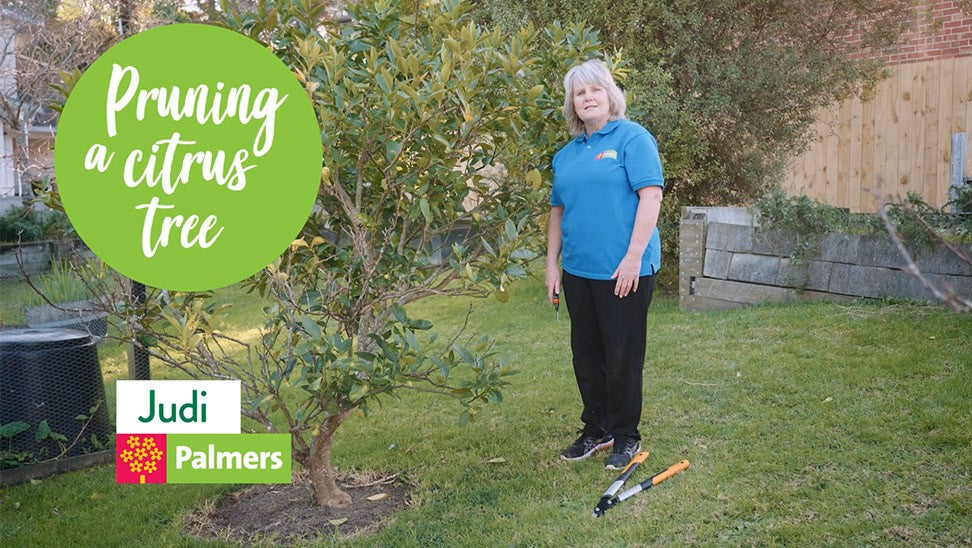Citrus in your garden
It wouldn’t be a kiwi garden without the iconic citrus tree. Every gardener should have one. Easy- peel mandarins and oranges are a favourite with the kids and lemons and limes are perfect in drinks or cooking. They are also highly ornamental in pots, perfect if you're short on space!
Pruning fruit trees may seem like a daunting task, but citrus trees are resilient and will benefit greatly from you removing dead, diseased or unnecessary branches.
Here's how:
Very little pruning is required in the first 2-3 few years, only prune to shape. After this period remove dead or broken branches or for dense growing varieties remove branches to allow sunlight and good air circulation to the middle of the tree, this helps with disease prevention. It is not recommended to remove large branches as this encourages lots of new growth which will then need to be removed again.
Cut just above each growth bud and when removing dead or diseased wood, always cut through the healthy tissue below the diseased section. Paint large cuts with a sealing compound like Yates Prunetec to protect your tree against disease.
Harvest fruit prior to pruning. The best time to prune your citrus is after fruiting in Spring. In frost free regions, pruning can be done at any time of year. In frost prone regions, avoid pruning in Winter because this will push soft new growth that hasn’t had time to harden off, and it will be damaged by frost.

|
 |











